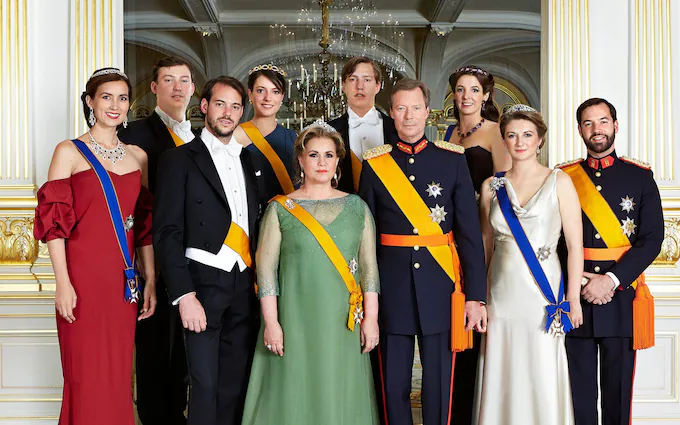movingstarvoices.org – The House of Luxembourg-Nassau, also known as the Grand Ducal Family of Luxembourg, has a rich and storied history that dates back to the early days of European royalty. The dynasty’s roots can be traced to the House of Luxembourg, which played a significant role in European politics during the Middle Ages15. The current ruling house, however, is the House of Nassau, which has been in power since 1890.
Sovereigns of the House of Luxembourg
The House of Luxembourg-Nassau has seen several notable sovereigns throughout its history. One of the most significant figures was Grand Duke Adolphe, who ascended to the throne in 1890, marking the beginning of the House of Nassau’s rule over Luxembourg. Since then, the dynasty has continued to play a crucial role in the governance and development of the Grand Duchy.
Current Leadership
The current head of the House of Luxembourg-Nassau is Grand Duke Henri, who ascended to the throne in 2000. He is married to Grand Duchess Maria Teresa, and the couple has five children, including the Hereditary Grand Duke Guillaume, who is next in line to the throne. The family’s commitment to public service and their active involvement in various charitable and cultural initiatives have endeared them to the Luxembourgish people.
Family Tree and Lineage
The lineage of the House of Luxembourg-Nassau is a complex and fascinating one. The family tree includes several generations of Grand Dukes and Grand Duchesses, each contributing to the rich tapestry of Luxembourg’s history. Notable members include Grand Duke William IV, Grand Duchess Marie-Adélaïde, and Grand Duchess Charlotte, who played pivotal roles during significant periods in Luxembourg’s history36.
Modern Role and Influence
Today, the House of Luxembourg-Nassau continues to play a vital role in Luxembourg’s political and social landscape. While the Grand Duke serves as the ceremonial head of state, the family’s influence extends to various aspects of public life, including diplomacy, culture, and charity. The Grand Ducal Family’s commitment to modernizing the monarchy while preserving its historical traditions has helped maintain its relevance in contemporary society.
Conclusion
The House of Luxembourg-Nassau stands as a testament to the enduring legacy of European royalty. From its medieval origins to its modern-day role, the Grand Ducal Family of Luxembourg continues to be a symbol of stability and continuity in the heart of Europe. As the dynasty looks to the future, it remains committed to upholding the values and traditions that have defined it for centuries.
